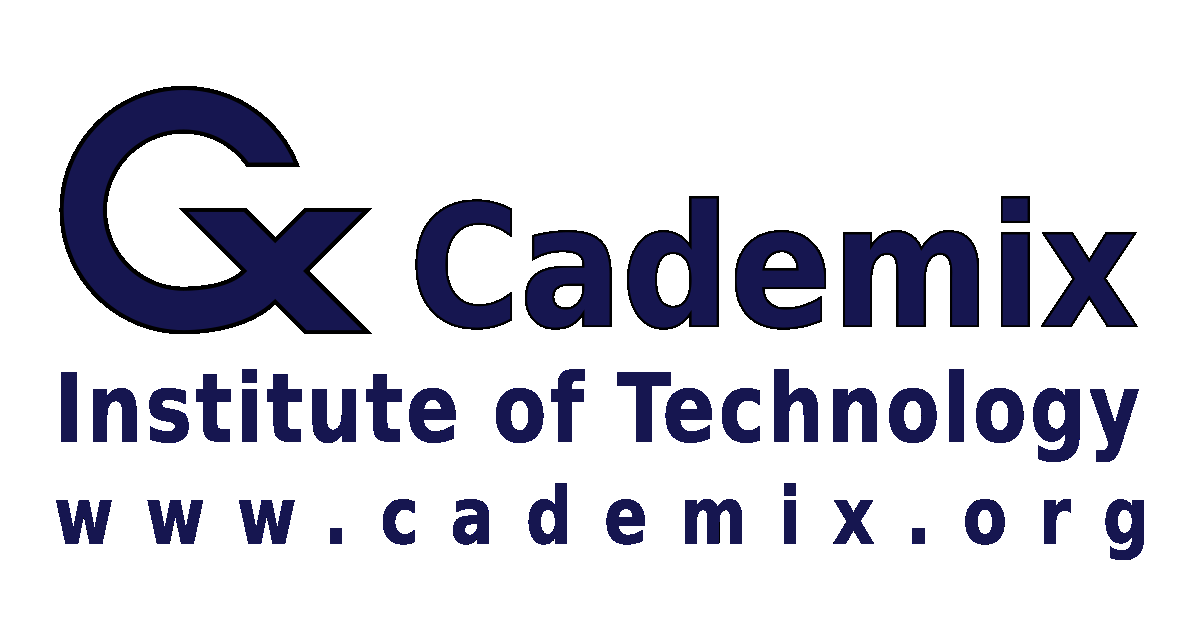Optician technicians play a vital role in the eye care industry, supporting optometrists and opticians in providing high-quality vision care. This guide provides an in-depth look at the roles, responsibilities, skills, and career opportunities for optician technicians.
optician technician, optician technician roles, eye care careers, optician responsibilities, optician skills, optician job search, optician training, optical technician, vision care support
Key Responsibilities of an Optician Technician
Lens Preparation and Fitting
Optician technicians are responsible for preparing and fitting lenses into eyeglass frames according to the prescriptions provided by optometrists. This involves:
- Cutting and Edging Lenses: Using specialized equipment to cut and edge lenses to fit specific frames.
- Mounting Lenses: Assembling the lenses into the frames and ensuring a secure fit.
- Adjusting Frames: Making adjustments to frames to ensure they fit comfortably and correctly on the patient’s face.
Eyeglass Repairs and Adjustments
Optician technicians also perform repairs and adjustments on eyeglasses. This includes:
- Fixing Broken Frames: Repairing or replacing broken or damaged parts of eyeglass frames.
- Adjusting Fit: Adjusting the fit of frames to ensure they sit correctly and comfortably on the patient’s face.
- Replacing Lenses: Replacing damaged or scratched lenses.

Customer Service and Patient Interaction
Providing excellent customer service is a crucial part of an optician technician’s role. This includes:
- Assisting Patients: Helping patients choose frames and lenses that meet their needs and preferences.
- Explaining Options: Explaining different lens options, coatings, and features to patients.
- Educating on Care: Educating patients on how to care for their eyeglasses and lenses.
Skills Required for an Optician Technician
Technical Proficiency
Optician technicians must be skilled in using various tools and equipment required for lens preparation and fitting. This includes:
- Lens Cutting Machines: For accurately cutting lenses to fit frames.
- Lens Edgers: For smoothing and shaping the edges of lenses.
- Hand Tools: For making precise adjustments and repairs to frames and lenses.
Attention to Detail
Precision is crucial in the work of an optician technician. Accurate measurement and careful handling of lenses ensure that the final product meets the required specifications and provides the correct vision correction.
Communication Skills
Effective communication is essential for interacting with patients and understanding their needs. Optician technicians must be able to explain technical details in a way that is easy for patients to understand and provide clear instructions on eyeglass care and usage.

Customer Service Skills
Providing excellent customer service is key to ensuring patient satisfaction. This involves being patient, friendly, and attentive to the needs and concerns of patients, helping them feel comfortable and confident in their eyewear choices.
Educational Requirements and Training
Basic Education
Most optician technicians need at least a high school diploma or equivalent. Courses in mathematics, physics, and shop classes can provide a useful foundation for the technical skills required in this field.
Specialized Training Programs
Many optician technicians complete specialized training programs offered by community colleges, technical schools, or vocational schools. These programs typically cover:
- Optical Theory: Understanding the principles of light and vision correction.
- Lens Technology: Learning about different types of lenses and their applications.
- Frame Design and Fitting: Developing skills in choosing and fitting frames for patients.
Certification and Continuing Education
Certification is not always required, but obtaining certification can enhance job prospects and demonstrate a commitment to the profession. Organizations such as the American Board of Opticianry (ABO) offer certification for optician technicians. Continuing education is also important for staying current with advancements in lens technology and optical equipment.
In Europe, the Federation of Ophthalmic and Dispensing Opticians (FODO) provides resources and professional development opportunities for optical technicians.
Career Opportunities and Advancement
Entry-Level Positions
Many optician technicians start their careers in entry-level positions in optical shops, eye care clinics, or retail eyewear stores. These roles provide valuable hands-on experience and the opportunity to develop practical skills.
Specialized Roles
With experience and additional training, optician technicians can move into specialized roles, such as:
- Lab Technicians: Focusing on the technical aspects of lens preparation and fitting in a laboratory setting.
- Frame Stylists: Assisting patients with choosing frames that suit their style and vision needs.
Management and Supervisory Positions
Experienced optician technicians may advance to management or supervisory positions within optical shops or eye care clinics. These roles involve overseeing daily operations, managing staff, and ensuring high standards of customer service and product quality.
Continuing Education and Certification
Continuing education and certification can open up further career opportunities. Advanced certifications and specialized training programs can enhance skills and qualifications, leading to roles in optical technology development, training, and education.
Finding Optician Technician Jobs
Utilizing Job Boards
Online job boards are a valuable resource for finding optician technician jobs. Websites such as Indeed, LinkedIn, and specialized healthcare job boards like Jobs4Medical list numerous positions. Use specific search terms like “optician technician jobs” or “optical technician vacancies” to find relevant listings.
Professional Associations
Professional associations often have career sections on their websites where employers post job openings. Organizations such as the Association of British Dispensing Opticians (ABDO) and the Opticians Association of Canada provide valuable resources for job seekers. Membership in these associations can also offer networking opportunities, access to exclusive job listings, and updates on industry trends and advancements.
Networking and Referrals
Networking with colleagues, professors, and industry professionals can lead to job referrals and insider information about job openings. Attend industry conferences, participate in online forums, and engage with professional networks on platforms like LinkedIn to expand your connections and uncover job opportunities.
University Career Services
If you are a recent graduate or still in school, take advantage of your university’s career services. Many universities offer job boards, career counseling, resume workshops, and networking events specifically for their students and alumni. These services can provide tailored support and guidance in securing an optician technician position.
Preparing a Strong Application
Crafting an Impressive CV
Your CV is a critical component of your job application. It should highlight your education, training, technical skills, and any relevant experience. Be sure to:
- Include your contact information at the top.
- Use a professional format and clear headings.
- List your education and qualifications, including any specialized training programs or certifications.
- Detail your work experience, including internships, apprenticeships, and any previous optical technician positions.
- Highlight relevant skills, such as proficiency with diagnostic tools, lens preparation, and customer service.

Writing a Compelling Cover Letter
A well-crafted cover letter complements your CV and provides a more personal introduction to potential employers. Tailor your cover letter to the specific job you are applying for, emphasizing relevant experience and skills that align with the role. Your cover letter should:
- Start with a professional greeting.
- Introduce yourself and explain why you are interested in the position.
- Highlight key aspects of your experience and skills that make you a good fit for the job.
- Express enthusiasm for the opportunity to contribute to the organization.
- Close with a thank you and a call to action, such as requesting an interview.
Preparing for Interviews
Thorough preparation for interviews is essential. Research the company or practice, understand their services, and be ready to discuss your technical skills and how they relate to the job. Practice common interview questions and scenarios to improve your confidence and performance during the interview.
During the interview, be prepared to discuss specific cases you have handled, your approach to customer service, and how you stay updated with advancements in optical technology. Demonstrating your commitment to professional development and high-quality patient care will make a strong impression.
Conclusion
Optician technicians play a crucial role in the eye care industry, providing essential support in lens preparation, fitting, repairs, and customer service. By understanding the key responsibilities, required skills, and career opportunities, aspiring optician technicians can navigate their career path effectively. Utilizing job search strategies, preparing strong applications, and engaging in continuous education and professional development will enhance your chances of success in this rewarding field. For more information on optician technician training and career resources, visit professional organizations such as the American Board of Opticianry (ABO), the Association of British Dispensing Opticians (ABDO), and the Federation of Ophthalmic and Dispensing Opticians (FODO).
Call to Action
For employers and job seekers in the field of optometry, the Cademicx Institute of Technology Austria’s Career Autopilot Program offers a unique opportunity to streamline the hiring process and enhance career development. Engage with this innovative program to connect with top talent and access resources that support successful recruitment and career advancement in optometry. Learn more about how the Career Autopilot Program can guide you through the complexities of the optometry job market.

